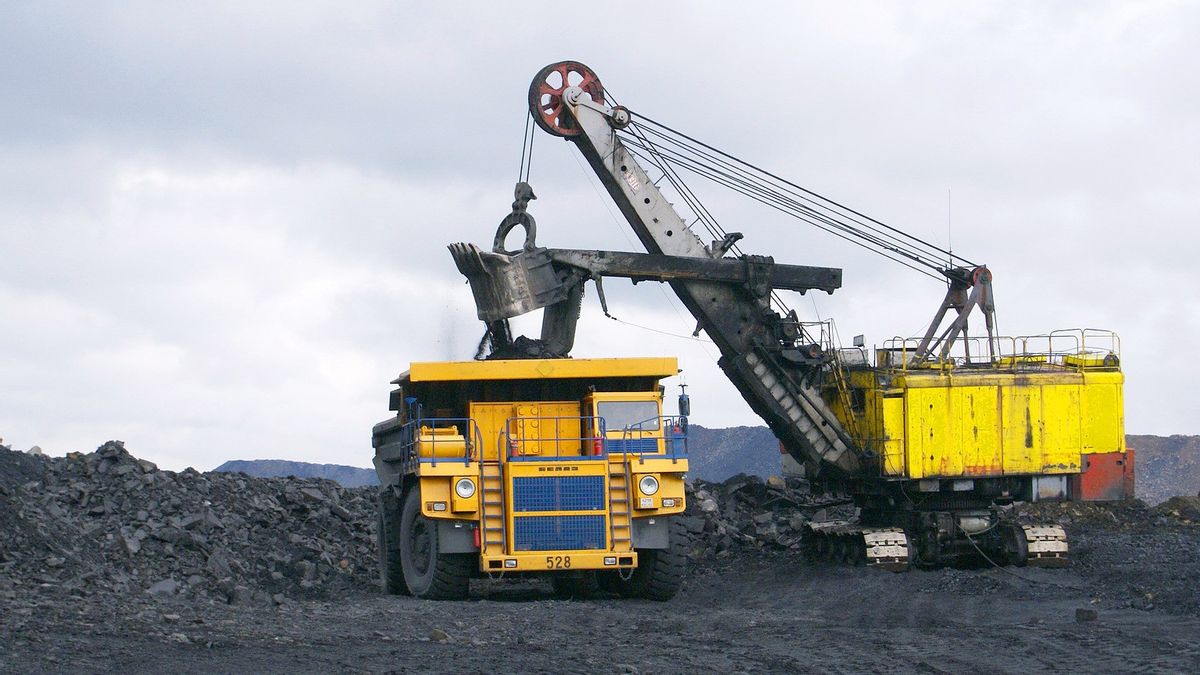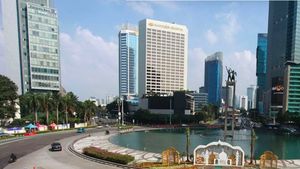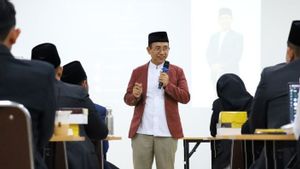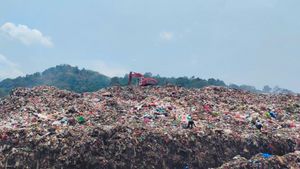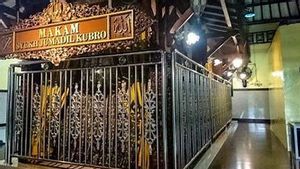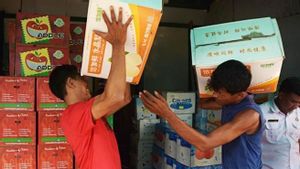JAKARTA - PT PLN (Persero) is ready to use Fly Ash and Bottom Ash (FABA) material or solid waste produced from the coal burning process in Steam Power Plants (PLTU) to become the raw material for various sectors that can boost the national economy.
Deputy President Director of PLN, Darmawan Prasodjo, believes that the use of FABA can support the national economy because it can provide economic value from the utilization of this waste for various things in the construction, infrastructure, agriculture, and other sectors.
Therefore, Darmawan hopes that various sectors can participate in taking advantage of FABA, ranging from Micro small, and medium enterprises (MSMEs), business, industry, to the government.
Darmawan explained that the optimization of utilization is carried out following the categorization of FABA into Non-Hazardous and Toxic Waste (B3) by Government Regulation (PP) 22/2021 concerning the Implementation of Environmental Protection and Management.
"PLN ensures that they will not dispose of these wastes but will further optimize their use, because they can provide economic value to the waste, especially for the community", he said in a written statement, quoted on Tuesday, March 23.
Darmawan admitted that he had conducted various trials so that FABA could be utilized and developed in several locations. According to him, the results of these trials were extraordinary. One of them is PLTU Tanjung Jati B, which is located in Jepara Regency, Central Java.
"FABA has succeeded in becoming a blessing for the surrounding community. Armed with a permit from the Ministry of Environment and Forestry, PLTU Tanjung Jati B transformed FABA into bricks, paving, and precast concrete used for CSR activities to build houses for poor residents around the plant", he explained.
As an illustration, a house of type 72 that is built requires around 1,600 bricks that absorb 11 tons of FABA for its construction.
Throughout 2020, PLTU Tanjung Jati B has successfully distributed 115,778 paving pieces and 82,100 bricks from FABA for infrastructure development. After last year recorded 15,241 paving and 20,466 concrete blocks.
Darmawan said PLN is also currently researching by collaborating with architects and contractors to build houses that can use FABA in all parts, starting from the roof, walls, to the floor.
Meanwhile, the iron that becomes the foundation pillar said Darmawan, his party tries to use bamboo. He believes this will make the cost of building houses cheaper.
In Ombilin, West Sumatra, FABA is used for the rehabilitation of PT AIC's mining area and reforestation on Mount Tandikek. FABA can neutralize mine acid and also fertilize the land. The result is that the land is increasingly fertile and green.
Also, PLTU Asam Asam uses FABA as a road base in making road access. PLTU Suralaya utilizes FABA as raw material for bricks, paving blocks, and raw materials in the cement industry.
"We continue to research so that its utilization is maximized. Most importantly, this will become the momentum for a new era of FABA management", he said.
Darmawan said, with the stipulation of FABA as a non-hazardous material, PLN is sure that it will bring many benefits to the state and society. Because of that, he appreciated the government's steps, in this case, the Coordinating Ministry for Marine Affairs, Ministry of Environment and Forestry, and the KPK (Corruption Eradication Commission) for collaborating to turn FABA into Non-B3 waste.
For your information, from the results of the FABA characteristic test carried out by the Ministry of Environment and Forestry in 7 categories, namely flammability, explosiveness, reactivity, corrosivity, to Toxicity Characteristic Leaching Procedure (TCLP) and Lethal Dose 50 (LD50) which samples came from several PLTUs, The resulting FABA does not contain elements that are harmful to the environment.
Best practices from several countries such as the United States, Japan, Europe, India also do not include FABA in the category of B3 waste.
Even though it has become non-hazardous waste, all environmental approval requirements are still met according to the national standards and regulations that refer to the international standard procedures for Best Available Techniques (BAT) and Best Environmental Practices (BEP).
The English, Chinese, Japanese, Arabic, and French versions are automatically generated by the AI. So there may still be inaccuracies in translating, please always see Indonesian as our main language. (system supported by DigitalSiber.id)
